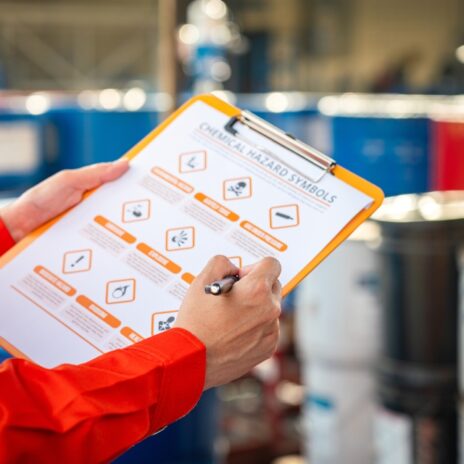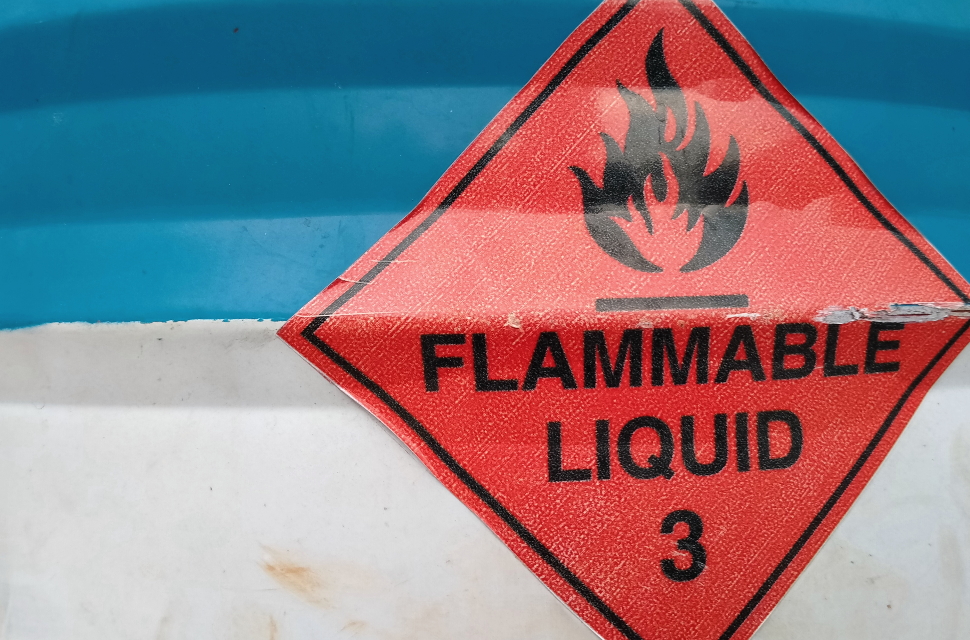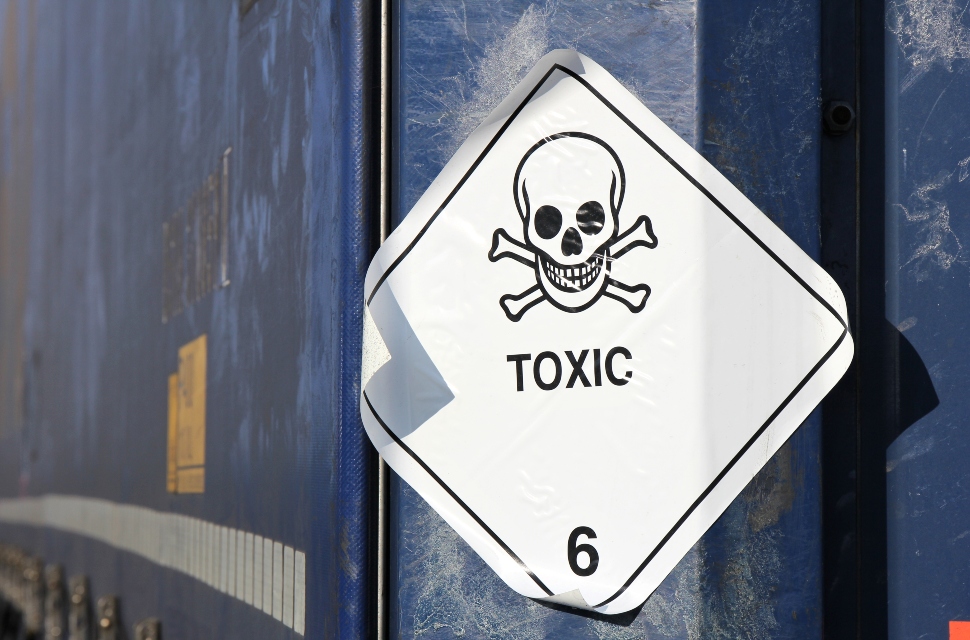
Hazardous goods shipping: what is classed as dangerous goods?
Logistics companies must exercise great caution when transporting hazardous goods to ensure the delivery reaches its destination without endangering the environment, the cargo or the people nearby.
What are classed as hazardous goods?
Chemicals and materials that pose a risk during transportation are classified as hazardous goods. They include items that are more commonly encountered, including solvents, paints and pesticides, as well as those that pose more evident threats, like explosives and flammable liquids.
The purpose of regulating hazardous goods shipping is to avoid incidents that threaten individuals, property, or the environment. The rules governing each kind of transportation – air, sea, land, rail, and inland waterways – are currently primarily synchronised with the model regulation system of the United Nations to ensure safe transportation.
The UN Model Regulations assign each dangerous substance a class based on the nature of the threat it poses. There are nine classes, some of which are further subdivided. These are detailed below:
- Class 1: Explosive substances
Any explosive substances or objects involved in the transportation process are classified as hazardous class 1. This term refers to any device that carries a large quantity of energy that, if released fast, can cause an explosion.
Ammunition, fireworks, flares, fuses, primers, and TNT are all examples of such products.
- Class 2: Gases
Any flammable, non-flammable, or toxic gases involved in the transportation process are classified as hazardous class 2. The UN standards define them as substances with a pressure of more than 400 kPA (3 bar) at 50°C or that are entirely gaseous at a standard pressure of 101 kPa at 20°C.
Aerosols, fire extinguishers, lighters, carbon dioxide, hydrogen, nitrogen, natural gas, propane, or methane are examples of these dangerous commodities.
- Class 3: Flammable liquid
Flammable liquids are defined as liquid substances or molten solids with a flash point of less than 60°C. However, synthetically developed items with a flashpoint of more than 60°C but less than 100°C will also be classified as Class 3.
Adhesives, paints, varnishes, alcohol, gasoline, aviation fuel, heating oil, ethanol, methanol, and benzene are all examples of flammable liquids.

- Class 4: Other Flammables
Flammable substances are defined as flammable solids, substances prone to spontaneous combustion, and substances that, when in contact with water, may produce flammable gases. They are easily combustible and triggered by a brief contact with an ignition source, such as a burning match, resulting in rapid flames.
These goods include alkali metals, metal powders, desensitised explosives, nitrocellulose, and sulphur.
- Class 5: Oxidising agents and organic peroxides
Class 5 is subdivided into two subcategories. Class 5.1 includes oxidising compounds that, while not normally combustible, may produce oxygen and cause or contribute to the combustion of other materials.
Class 5.2 defines organic peroxides that are prone to exothermic breakdown that can be triggered by increased temperatures, friction, impurity contact or impact.
Ammonium nitrate, nitrates, and peroxides are a few examples of these substances.
- Class 6: Toxic and infectious substances

Hazardous class 6 is further subdivided into two subcategories. Class 6.1 hazardous compounds are those that, in relatively small amounts, can harm or kill humans by inhalation, absorption, or ingestion.
These toxic substances can be solid or liquid. Arsenic, chloroform, nicotine, mercury-containing compounds, and pesticides are among examples.
Infectious substances that are believed to contain pathogens such as bacteria, viruses, parasites, or fungi are classified as Class 6.2.
Medical and clinical waste, clinical waste, and patient specimens are examples of these.
- Class 7: Radioactive materials
Hazardous class 7 materials are those which contain radionuclides and have activity concentrations and overall activity levels that exceed set thresholds.
Density gauges, depleted uranium products, medicinal isotopes, and x-ray machines are examples of hazardous commodities of class 7.
- Class 8: Corrosives
Hazardous class 8 compounds are those that, through chemical action, might cause irreversible skin harm or, in the event of a leak, damage or destroy other products in the cargo.
Acid batteries fluid, alkali batteries fluid, hydrochloric acid, nitric acid, and sulfuric acid are examples of corrosives.
- Class 9: Miscellaneous items
Miscellaneous hazardous substances are those that pose a risk during transportation but do not fit into any of the other categories presented.
Asbestos, vehicle airbags, lithium batteries, and environmentally toxic compounds are all examples of this.
You can learn more about hazardous goods shipping and its regulations in our recent blog post.
How OSE can help
If you’re looking for a transportation company to carry hazardous goods, you’ve come to the right place.
At OSE, we have decades of experience carrying hazardous goods throughout the UK and Europe. We have a range of fully-equipped hazardous goods transport vehicles and ADR-trained drivers to ensure your shipments are carried safely and lawfully.
We are fully licensed to carry all goods under the scope of classes 2-9 and can tailor our services to your specific requirements. We offer tried and tested solutions to making hazardous goods shipping a safe and secure process.
For professional, high-industry standard hazardous goods shipping solutions, contact us today.
